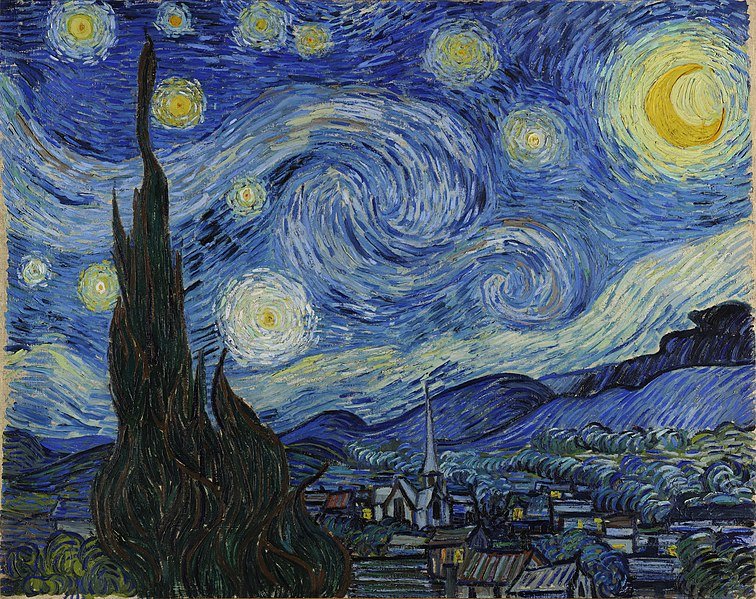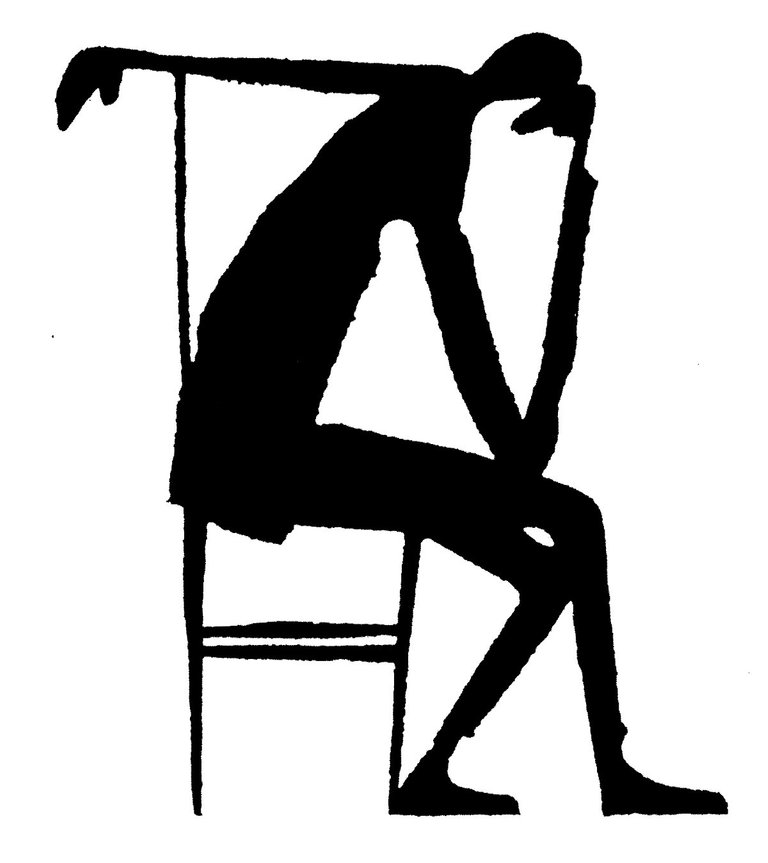The subject matter of this post is the reexamination of the positions of traditional aesthetics, on the one hand, and sociology of art, on the other, with an attempt at integration of these two approaches to art research. The main question is: could we proclaim the autonomy of artistic work from the socio-political, cultural, and other factors by which we accept the existence of an immanent aesthetic value? Or, is that thesis untenable, if we take into account the conditions of art production and evaluation, or the social history of art, which, apart from rehabilitating certain authors that have not always been considered “great”, such as Bach, van Gogh, el Greco, Kafka, Egar Allan Poe, etc., is also a history of discrimination and marginalization of others, based on race, nationality, gender, etc.

So, the question of the autonomy of art comes down to the problem of evaluation – does an artwork have some inherent aesthetic value, which is absent in other cultural products, or such an immanent value does not exist, as Terry Eagleton says, but only relational value, which is made in the act of reading (as he is talking about literature, but we could say that about reception in general). More specifically, are aesthetic judgments connected to the class, gender, ideology, as well as characteristics of a recipient, or are they independent of them?
Let us first take a closer look at the concept of context. Under this term, I assume all extra-aesthetic facts, which do not originate from the artwork itself, but refer to the members of society, or eminent members of society, who assess certain pieces as art or not, valuable artwork or not. That can be extrinsic knowledge that we have about the movement that a certain author belongs to, about his or her opus. Thus, Gombrich asserts that ,,What strikes us as a dissonance in Haydn, might pass unnoticed in a post-Wagnerian context /…/” So, according to him, aesthetic experience is always interpretative, it includes certain preassumptions of the recipient, on the conventions by which the artwork was created, or certain projection, by which, for example, we perceive strokes of the brush on canvas as a particular shape.

In this category of context as knowledge about art, we could also include Jauss’ concept of horizion of expectations, with which he signifies the criterion for evaluation of a new text, i.e. the frame of expectations of the reader, on the basis of the acquired aesthetic experience. Thus, to the extent that the new text meets our horizon of expectations, it is being accepted, but it is less valuable if it does not present any challenge and does not require any shift in horizon, which is characteristic of great artworks, such as Madame de Bovary, according to Jauss.
This aesthetics of reception denies any objective and lasting value of a text. However, what Jauss overlooks in such an analysis is the process of literary creation, that is, ideological mechanisms which are its part, as well as the conditions that establish certain individuals as recipients and people who make judgments on the value of a piece of art. Bourdieu dealt with this thematic, and he found it necessary for the sociology of cultural products to study a set of relations between artists, but also a set of agents included in the creation of the social value of art (critics, gallery owners, curators, art historians, art collectors, etc).
One of the main tasks that Bourdieu poses to the history of art is the description of economic and social conditions of constituting the artistic field, which supports the belief in magical powers ascribed to a modern artist. The central question is how does belief in the value of art and an artist’s power to create such value, arise? As an example of a collective belief in the value of an author and his or her product, Bourdieu mentions Duchamp’s fountain and bicycle wheel, as objects that owe their value to the author’s signature, such as, also, Warhol’s soup cans, or haute-couture clothes. Therefore, the main question, according to this sociologist, becomes not what an artist creates, but who creates the artist…

References
Tanner, J. (2003). Sociology of art: a reader. Routledge.
Stokes, A. (2013). The invitation in art. Routledge.
Luhar, S., & Choudhary, M. (2017). Constructing a new canon of post-1980s Indian English fiction. Cambridge Scholars Publishing.